The folklore of winter weather is fascinating. You’re sure to know some of these weather sayings, passed down by generations of people who lived close to the land and nature. Which ones do you know?
Advertisement
Winter is the harshest season. The natural world—clouds, birds, animals, and plants—all provided cues to predict what the winter will bring! Generations of hunters, farmers, and fishermen relied upon this weather lore to predict storms and the severity of the coming winter.

Did you know: The study of weather proverbs is known as paroemieology. Most are fanciful fun with no basis in scientific fact while others have been found to have a kernel of truth at their core.
Acorns … that fall heavily means a cold winter is coming. Similarly, a large crop of walnuts means a snowy, cold season. Thick nutshells predict a severe winter.
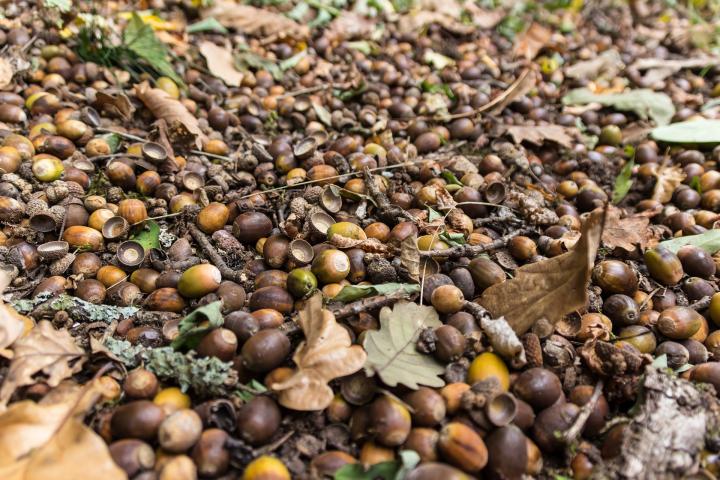
An abundant crop of berries is also a sign of a cold, snowy winter. Similarly, a plentiful crop of berries means the following winter will be cold.
Persimmon seeds … are an age-old way of predicting winter weather. (American persimmon trees grow in the wild in USDA Zones 4 to 9.) When you cut open a persimmon, the shape of the seed tells you if the winter will be cold or normal. If it’s spoon-shaped, expect snow to shovel! See how to predict weather with a persimmon seed.
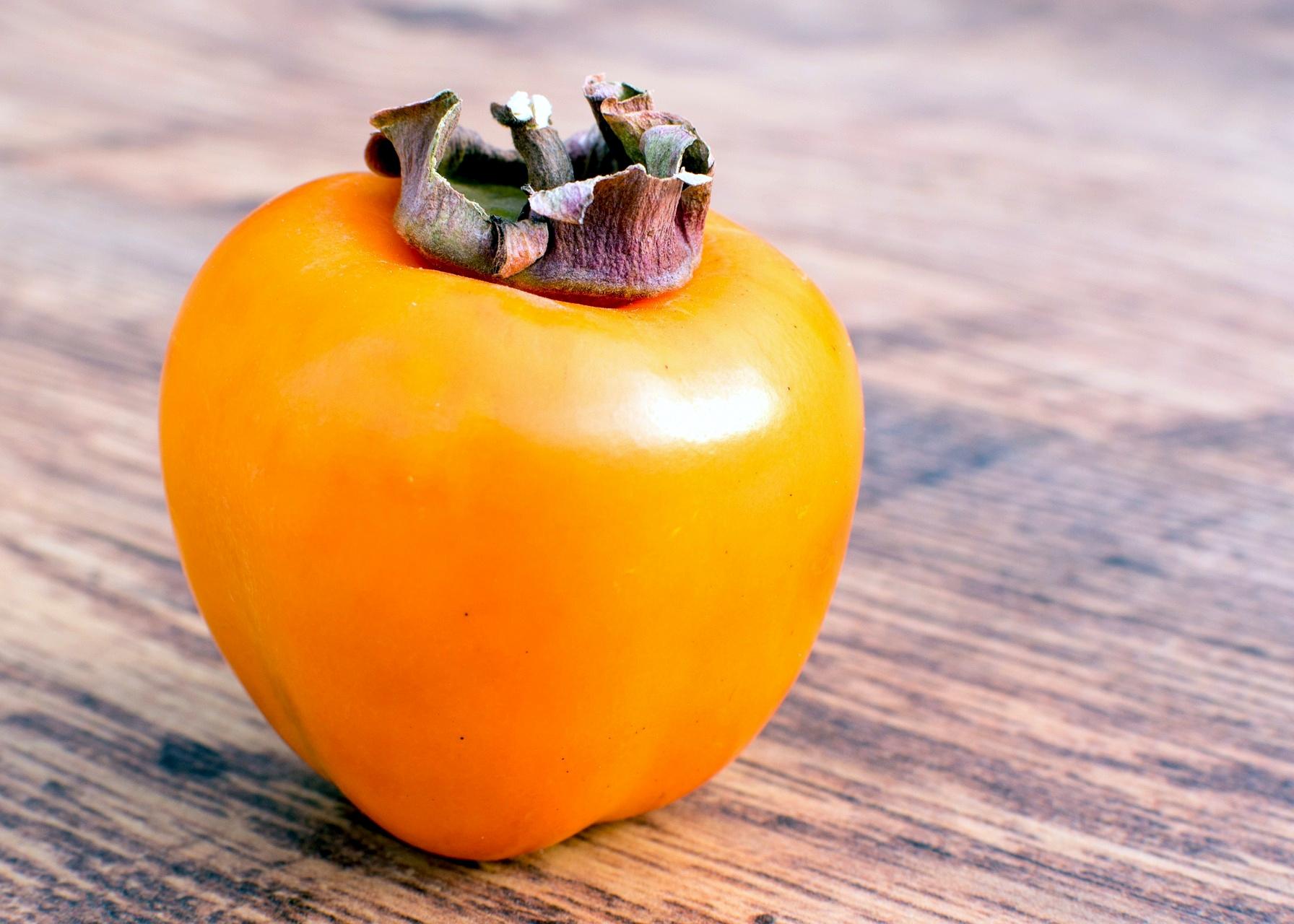
Flowers … that have a second bloom in the fall or hold onto their blooms late in the season forecast a colder winter.
“Flowers bloomin’ in late Autumn,
A sure sign of a bad winter comin’.”
Leaves … which fall early indicate winter will be mild. When leaves fall late, winter will be wild. If the leaves wither on the branches in October instead of falling, an extra cold winter is in store.
“When leaves fall early, Fall and winter will be mild;
When leaves fall late, Winter will be severe.”
Onion skins … which are thicker than usual indicate a rough winter ahead.
Apple skins … which are tougher and thicker also tell us a colder winter is expected.
Corn husks … which are thicker and tighter than usual indicate a cold winter ahead as well.
Squirrels … with very bushy tails in the fall cue a colder winter. If squirrels stash their nuts high in the trees, the snow will be deep.
“When squirrels early start to hoard,
winter will pierce us like a sword.”
Beavers … were important forecasters for Native Americans. The thickness of their coats, amount of body fat, where they hide their food caches, and how they build their winter dens were all used to predict winter weather. Indigenous peoples believed that the larger and stronger the beaver lodge, the harsher the winter to come.
“When you see a beaver carrying sticks in its mouth,
it will be a hard winter—you better go south.”
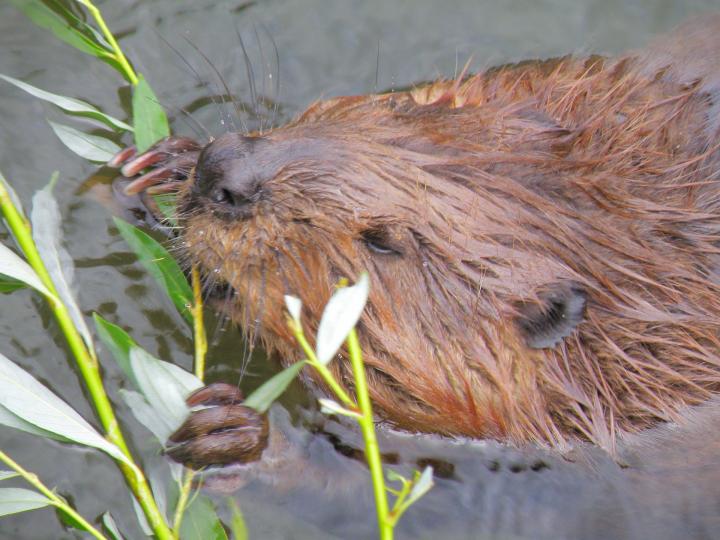 See more about animals predicting the weather.
See more about animals predicting the weather.
Birds … migrate early cue a severe winter.
If robins … are seen near a house during the fall, the winter will be cold.
When wild turkeys … perch in trees and refuse to come down, snow is imminent. If turkey feathers are unusually thick, look for a hard winter.
“If the rooster moults before the hen, we’ll have winter thick and thin.
If the hen moults before the cock, we’ll have winter hard as a rock.”
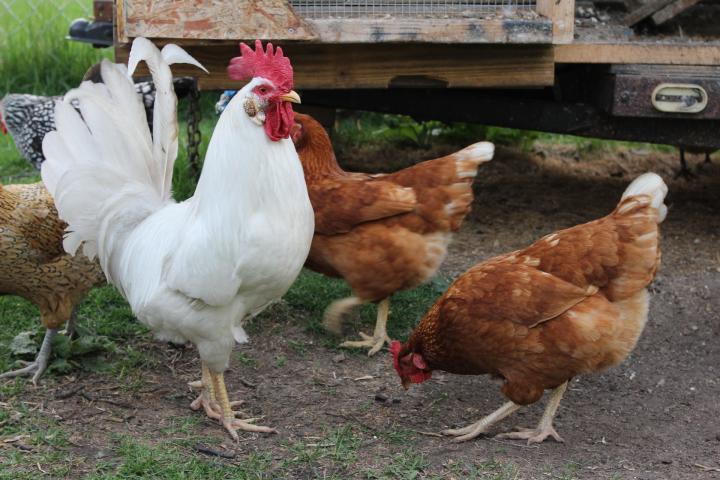 See more about birds predicting the weather.
See more about birds predicting the weather.
If bees . . . build their nests in a protected spot such as inside a barn or shed, expect a hard winter.
As high as the hornets build their nests so will the snow be next winter.
“If ant hills … are high in July, Winter will be snowy.”
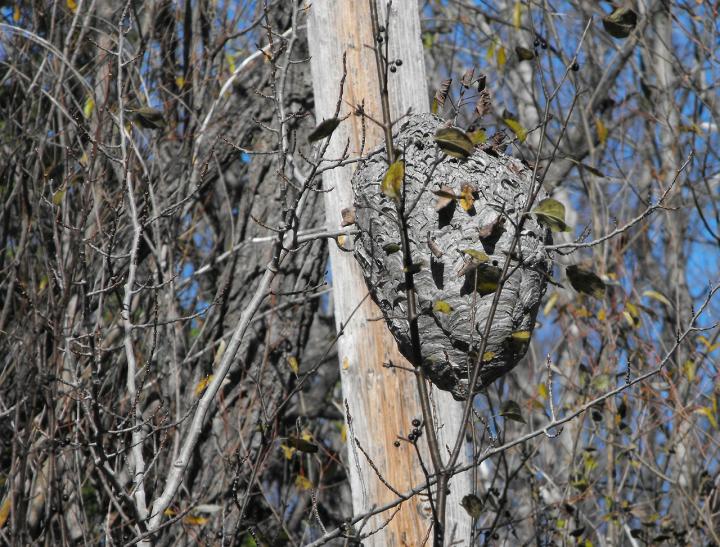 See more about insects predicting weather.
See more about insects predicting weather.
The wooly bear caterpillar … has long been a favorite of backyard weather predictors. (This is the larva of the Isabella moth.) The wider the brown band in the middle of the caterpillar, the milder the winter will be. Read more about the woolly worm.
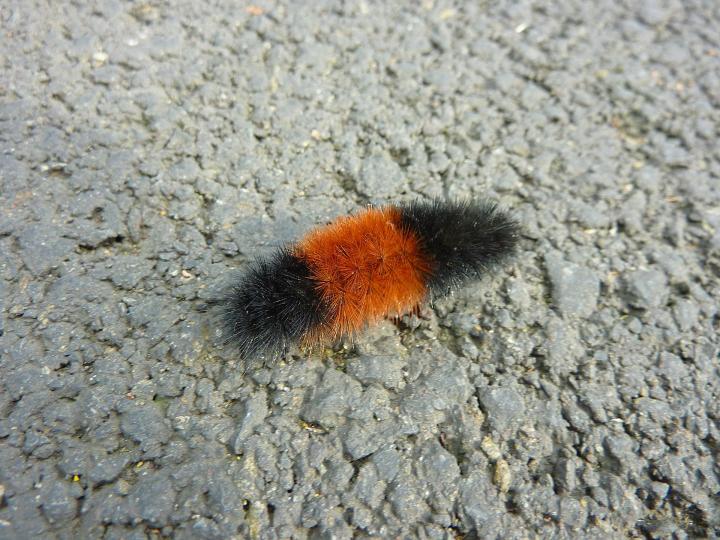
Mushrooms galore, much snow in store. No mushrooms at all, no snow will fall.
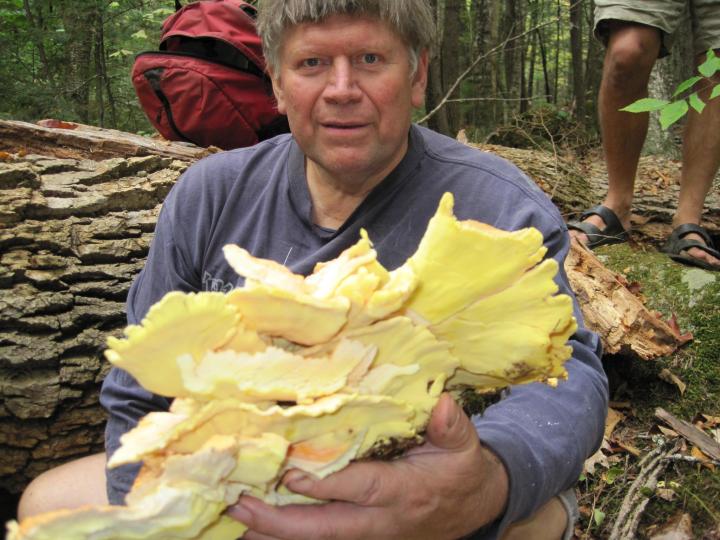
How One Month Affects Another
“If a cold August follows a hot July, It foretells a winter hard and dry.”
“For every fog in August, There will be a snowfall in winter.”
“If the first week in August is unusually warm, The coming Winter will be snowy and long.”
“A warm October, A cold February.”
“As the days lengthen, the cold strengthens.” (The coldest time of the year is mid January, about three weeks after the shortest day.)
Weather Watching
Thunder in the fall foretells a cold winter.
If there is thunder in winter, it will snow seven days later.
Date of the First Snow
There are many similar variations on forecasting snow, based on the date of the very first snowfall.
- The date of the first snowflakes tells how many times it will snow. Should the year’s first snow, for example, come down on the 12th of the month, you can expect 12 more storms before the winter’s done.
- The number of days from Christmas the first snowflakes fall will tell you how many times it will snow this winter.
- The date of the first snowflakes plus the number of days past the new moon tells how many times it will snow this winter.
The Old Farmer’s Almanac
How could we not include the Almanac itself? The newest edition is out in late August. Learn more about the Almanac winter forecast for this year.
Long ago, Ben Franklin said, “Some of us are weather wise and some are otherwise,” and our fascination with weather continues to this day. Weather folklore is far from infallible in its predictions but it is entertaining!


















Comments